In the design of kids indoor playgrounds, the parent experience is often an overlooked key factor. A truly successful play area doesn’t just entertain children—it also keeps parents comfortable and reassured, extending family stay time and driving repeat visits. This guide breaks down how to create parent-friendly zones that turn “waiting” into “wanting to stay,” using industry insights, data, and real-world examples to enhance your venue’s appeal.
1. Comfortable Rest Areas: From Passive Waiting to Willing Stay
-
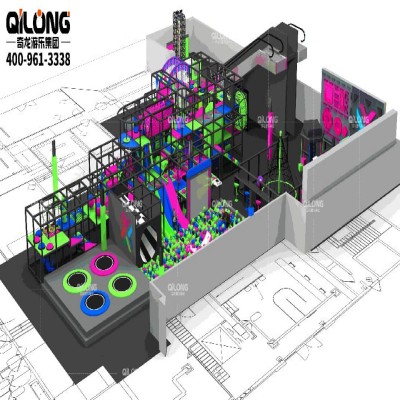 Clear SightlinesFloor-to-ceiling glass walls or strategically designed open layouts create unobstructed sightlines, allowing parents to effortlessly monitor children in trampoline parks, soft play zones, or climbing structures from any seat in the rest area—reducing constant need to check repeatedly)—and fostering a sense of security that encourages relaxed.
Clear SightlinesFloor-to-ceiling glass walls or strategically designed open layouts create unobstructed sightlines, allowing parents to effortlessly monitor children in trampoline parks, soft play zones, or climbing structures from any seat in the rest area—reducing constant need to check repeatedly)—and fostering a sense of security that encourages relaxed. -
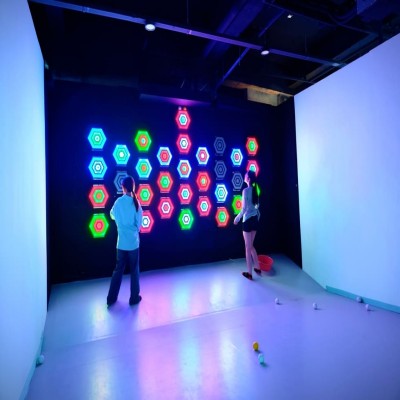 Functional ZonesRelaxation areas with sofas, charging stations (1 USB + socket/2m), and co-working desks (keeping parents with laptops for 4+ hours in an Australian playground), paired with adjacent café bars offering “parent packages,” boost spending intent by 35% through integrated rest-dine design.
Functional ZonesRelaxation areas with sofas, charging stations (1 USB + socket/2m), and co-working desks (keeping parents with laptops for 4+ hours in an Australian playground), paired with adjacent café bars offering “parent packages,” boost spending intent by 35% through integrated rest-dine design. -
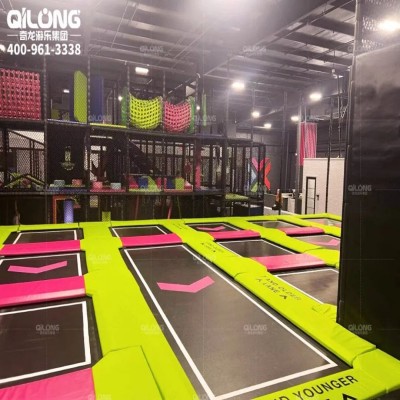 Quiet EnvironmentSoundproofing materials applied to walls and ceilings minimize play area noise, while strategically selected background music—maintained below 50 decibels, akin to a gentle conversation—creates a calm environment where parents can relax, work, or socialize without distraction, enhancing their overall experience and encouraging longer stays.
Quiet EnvironmentSoundproofing materials applied to walls and ceilings minimize play area noise, while strategically selected background music—maintained below 50 decibels, akin to a gentle conversation—creates a calm environment where parents can relax, work, or socialize without distraction, enhancing their overall experience and encouraging longer stays.
2. Transparent Surveillance Systems: Tech-Driven Peace of Mind
-
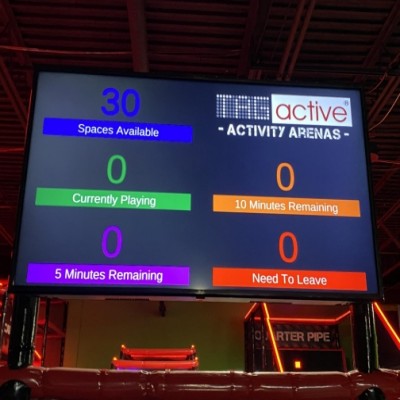 HD Monitoring ScreensInstall multi-screen displays in rest areas, showing live feeds from trampoline zones, slides, and ball pits, labeled with area details.
HD Monitoring ScreensInstall multi-screen displays in rest areas, showing live feeds from trampoline zones, slides, and ball pits, labeled with area details. -
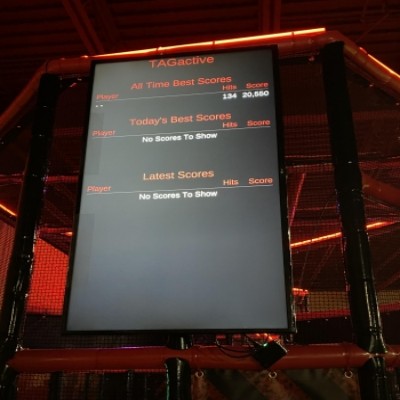 Mobile AccessOffer a dedicated app for parents to view real-time footage of public play areas (compliant with privacy regulations, e.g., no personal data sharing).
Mobile AccessOffer a dedicated app for parents to view real-time footage of public play areas (compliant with privacy regulations, e.g., no personal data sharing). -
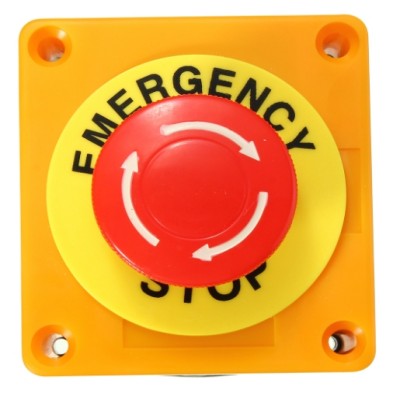 Emergency ButtonPlace one-touch call devices in rest areas and play zone entrances for quick staff assistance.
Emergency ButtonPlace one-touch call devices in rest areas and play zone entrances for quick staff assistance.
3. Convenient Amenities: Addressing Hidden Parent Need
-
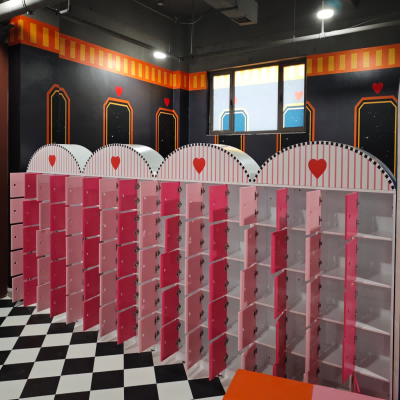 Family Storge AreaProvide lockers with combination locks in sizes suitable for strollers and personal items, plus free sanitizing wipes and sunscreen.
Family Storge AreaProvide lockers with combination locks in sizes suitable for strollers and personal items, plus free sanitizing wipes and sunscreen. -
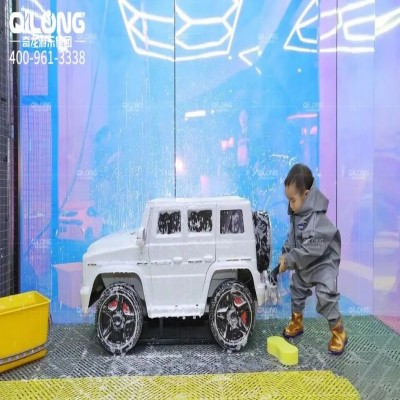 Parent-Child SpacesInclude private nursing rooms (with sofas, sinks, and bottle warmers) and kid-friendly restrooms (with low sinks and parent-child toilets).
Parent-Child SpacesInclude private nursing rooms (with sofas, sinks, and bottle warmers) and kid-friendly restrooms (with low sinks and parent-child toilets). -
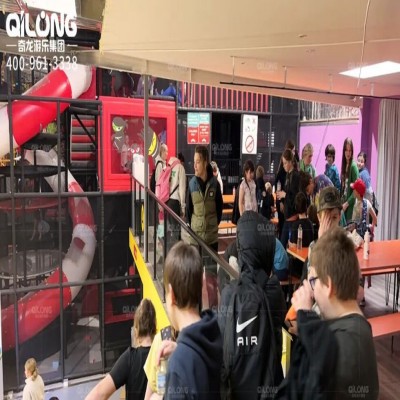 Information HubsSet up digital boards or brochures listing play zone hours, safety guidelines, and nearby discounts (e.g., “10% off at adjacent café with play ticket”), reducing inquiry time.
Information HubsSet up digital boards or brochures listing play zone hours, safety guidelines, and nearby discounts (e.g., “10% off at adjacent café with play ticket”), reducing inquiry time.
4. Interactive Parent-Child Spaces: From Spectators to Participants
-
 Collaborative AcitivitiesDesign attractions that require parent-child teamwork, like dual trampolines, baking workshops, or DIY craft tables.
Collaborative AcitivitiesDesign attractions that require parent-child teamwork, like dual trampolines, baking workshops, or DIY craft tables. -
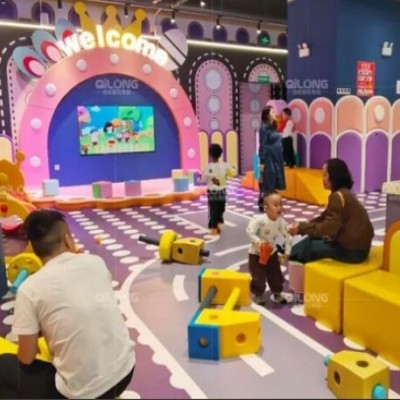 Gudian Rest StationsPlace “watch seats” near climbing nets or slides, with eye-level views and small tabletops for phones or coffee, letting parents rest while supervising.
Gudian Rest StationsPlace “watch seats” near climbing nets or slides, with eye-level views and small tabletops for phones or coffee, letting parents rest while supervising. -
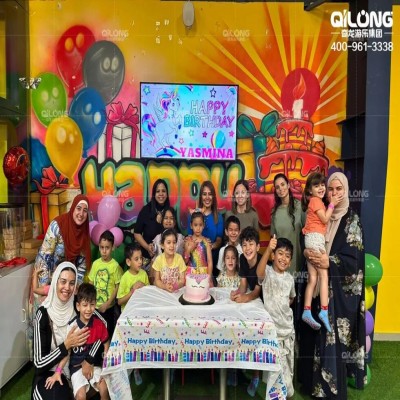 Food Processing & CateringThemed EventsHost “Parent Open Days” with safety workshops or parent-child yoga, building brand loyalty through shared experiences.
Food Processing & CateringThemed EventsHost “Parent Open Days” with safety workshops or parent-child yoga, building brand loyalty through shared experiences.
5. Flow Design: Turn Waiting into Consumption Opportunities
-
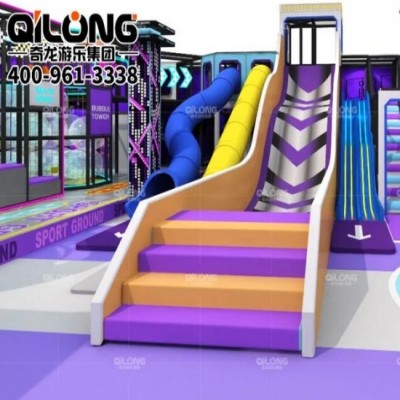 Circular Route PlanningPosition rest areas, cafes, and shops around play zones in a loop, naturally guiding parents past retail (e.g., a toy store on the path to restrooms).
Circular Route PlanningPosition rest areas, cafes, and shops around play zones in a loop, naturally guiding parents past retail (e.g., a toy store on the path to restrooms). -
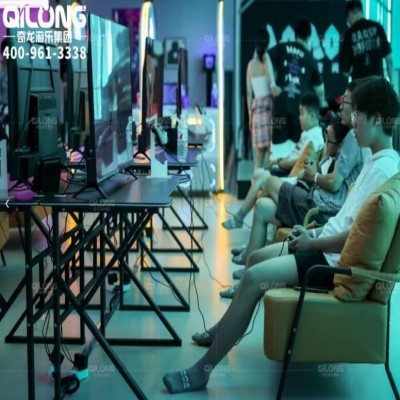 Easy AccessEnsure restrooms, water stations, and service desks are within a 30-meter walk from any rest spot, reducing early departures due to inconvenience.
Easy AccessEnsure restrooms, water stations, and service desks are within a 30-meter walk from any rest spot, reducing early departures due to inconvenience. -
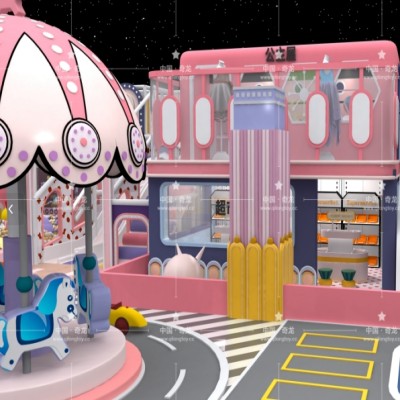 Food Processing & CateringVisual SignageUse warm-colored markers (orange, yellow) to guide parents to rest areas, charging spots, and Wi-Fi zones.
Food Processing & CateringVisual SignageUse warm-colored markers (orange, yellow) to guide parents to rest areas, charging spots, and Wi-Fi zones.
3 Immediate Steps to Enhance Parent Experience
Conduct Parent Surveys: Identify top inconveniences (e.g., “no comfortable seating” or “unclear zone maps”) through questionnaires or onsite interviews.
Phase Upgrades: Prioritize high-traffic areas first—like entrance rest zones or monitoring screens—before expanding to nurseries or storage.
Promote Upgrades Visually: Highlight parent-friendly features on your website or social media (e.g., “2024 Parent Zone Upgrade: Work, Relax, and Watch Your Kids Play Safely”).